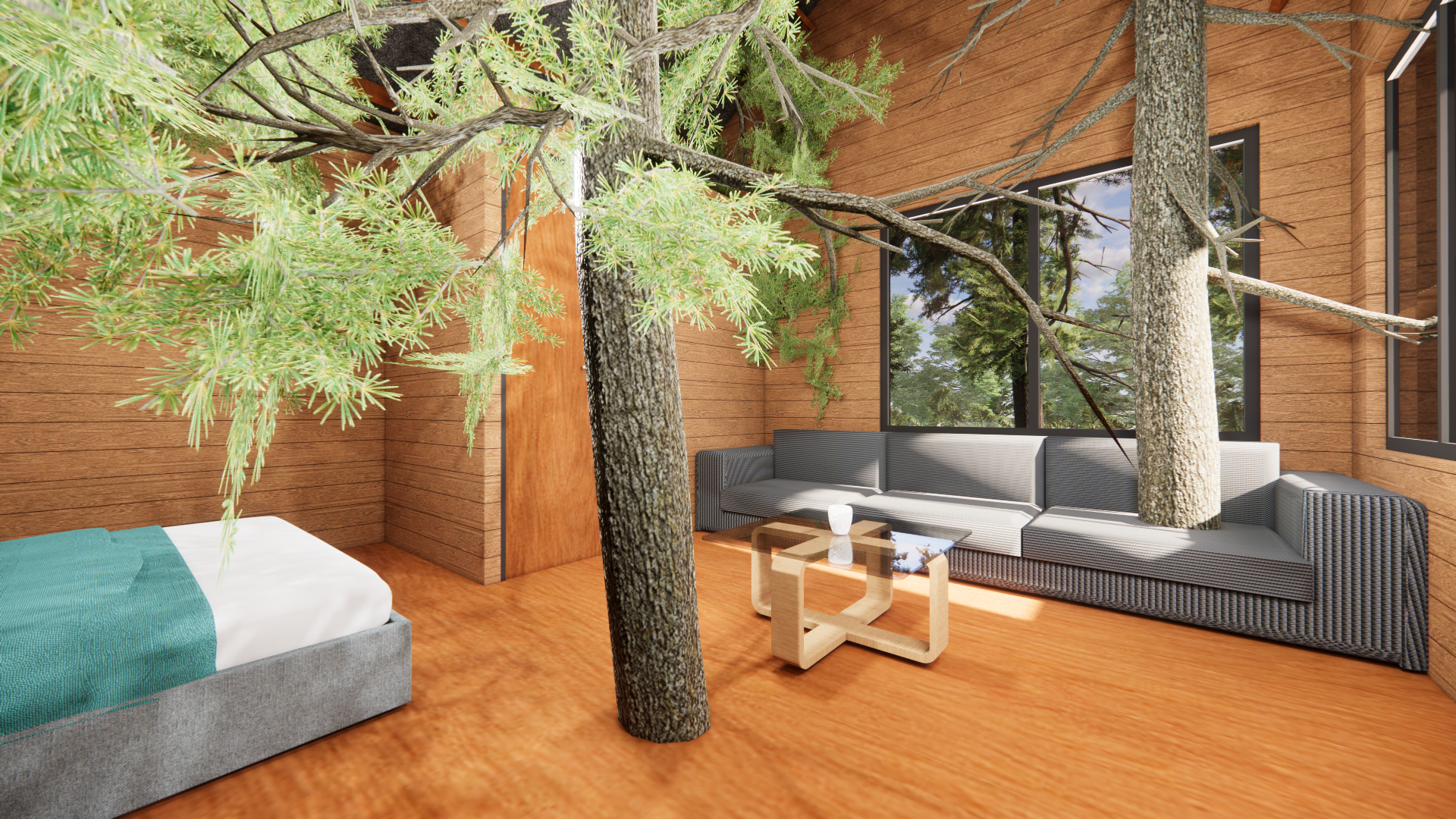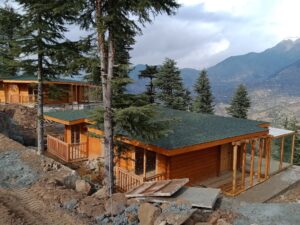
Breaking Away from Concrete to Wood: A Sustainable and Eco-Friendly Alternative to Construction – Ar. Anurag Khandelwal

In the realm of construction, the shift towards sustainable and eco-friendly practices has become increasingly imperative. One notable transition that embodies this ethos is the move from traditional concrete structures to utilizing wood as a primary building material. This shift not only aligns with the global push for sustainability but also offers a range of benefits that extend beyond environmental considerations. This article delves into the advantages, challenges, and future prospects of Breaking Away from Concrete to Wood in Construction.
Environmental Impact of Concrete
Concrete, a ubiquitous material in construction, has long been associated with significant environmental drawbacks. The production of cement, a key component of concrete, is energy-intensive and contributes to a substantial amount of carbon dioxide emissions. Additionally, the extraction of raw materials for concrete production can lead to habitat destruction and biodiversity loss. As the construction industry seeks to reduce its carbon footprint and embrace sustainable practices, alternatives to concrete are being explored.
Wood: A Sustainable Alternative
Wood, a renewable and versatile material, has emerged as a promising alternative to concrete in construction. Unlike concrete, which has a high carbon footprint, wood acts as a carbon sink, sequestering carbon dioxide from the atmosphere. By using sustainably sourced timber, construction projects can help mitigate climate change by storing carbon in buildings rather than releasing it into the atmosphere. Furthermore, wood is lightweight, durable, and aesthetically pleasing, making it a desirable choice for architects and builders alike.
Benefits of Using Wood in Construction
- Sustainability: Wood is a renewable resource that can be harvested responsibly, ensuring the longevity of forests and ecosystems.
- Energy efficiency: Wood has excellent insulating properties, reducing the need for additional heating or cooling in buildings.
- Aesthetics: The natural beauty of wood adds warmth and character to architectural designs, creating inviting spaces.
- Health and well-being: Wood has been shown to have positive effects on human health, promoting well-being and reducing stress levels.
- Adaptability: Wood can be easily modified and reused, allowing for flexibility in design and construction.

Challenges and Considerations
While the benefits of using wood in construction are clear, there are challenges and considerations that need to be addressed:
- Fire Safety: Wood is combustible, necessitating the use of fire-resistant treatments and building codes to ensure safety.
- Durability: Proper maintenance and protection against moisture are essential to ensure the longevity of wooden structures.
- Supply Chain: Sourcing sustainable timber and ensuring responsible forestry practices are crucial for the continued viability of wood as a building material.
- Perception: Overcoming misconceptions about the strength and resilience of wood compared to concrete is essential for widespread adoption.
Future Prospects and Innovations:
As the construction industry continues to prioritize sustainability, the future of wood in construction looks promising. Innovations in engineered wood products, such as Cross-Laminated Timber (CLT) and Laminated Veneer Lumber (LVL), are expanding the possibilities for wooden structures. These products offer increased strength, stability, and fire resistance, making them viable alternatives to traditional building materials. Additionally, advancements in digital fabrication and prefabrication techniques are streamlining the construction process, reducing waste, and improving efficiency.

Conclusion:
Breaking away from concrete to wood represents a significant step towards a more sustainable and eco-friendly future for the construction industry. By embracing wood as a primary building material, we can reduce carbon emissions, promote responsible forestry practices, and create healthier and more aesthetically pleasing built environments. While challenges exist, ongoing innovations and a growing awareness of the benefits of wood construction are paving the way for a greener and more sustainable approach to building design and construction.
About Author
Ar. Anurag Khandelwal is an accomplished architect, academician and environmentalist from India, who has more than 200 wooden projects to his credit. He is the Founder and Lead Architect of Wood Style. IIM has done a Case study on his efforts titled “BREAKING THE CONCRETE MINDSETS”, which was published in Ivy and Harvard Business Review. He was awarded with the title “Green Architect” by Confederation of Indian Universities in 2014.


